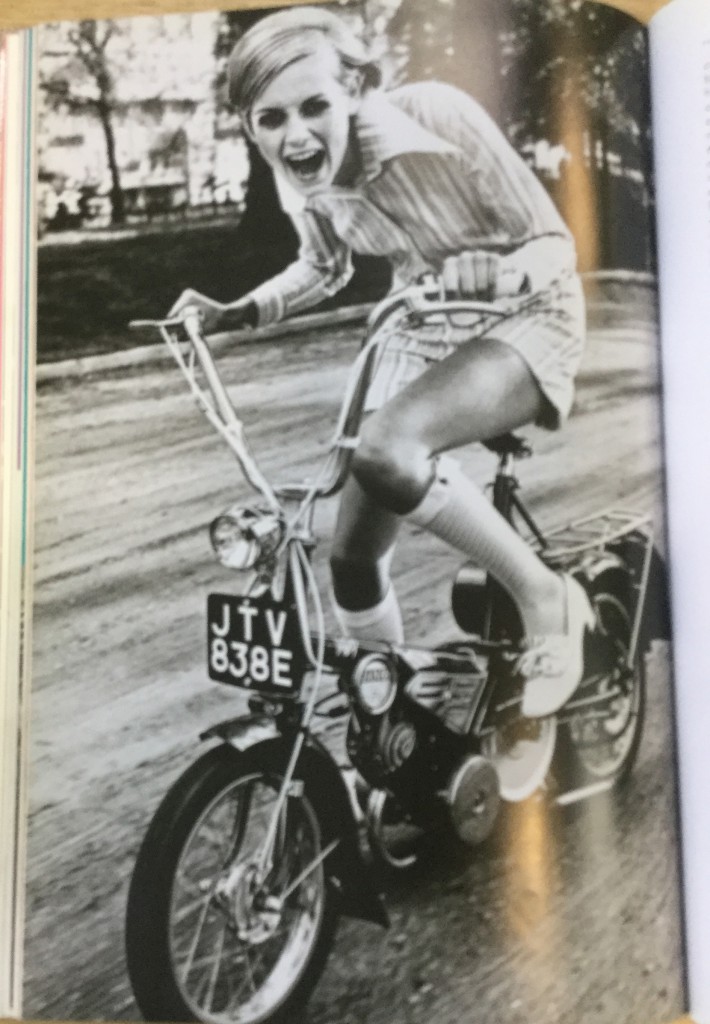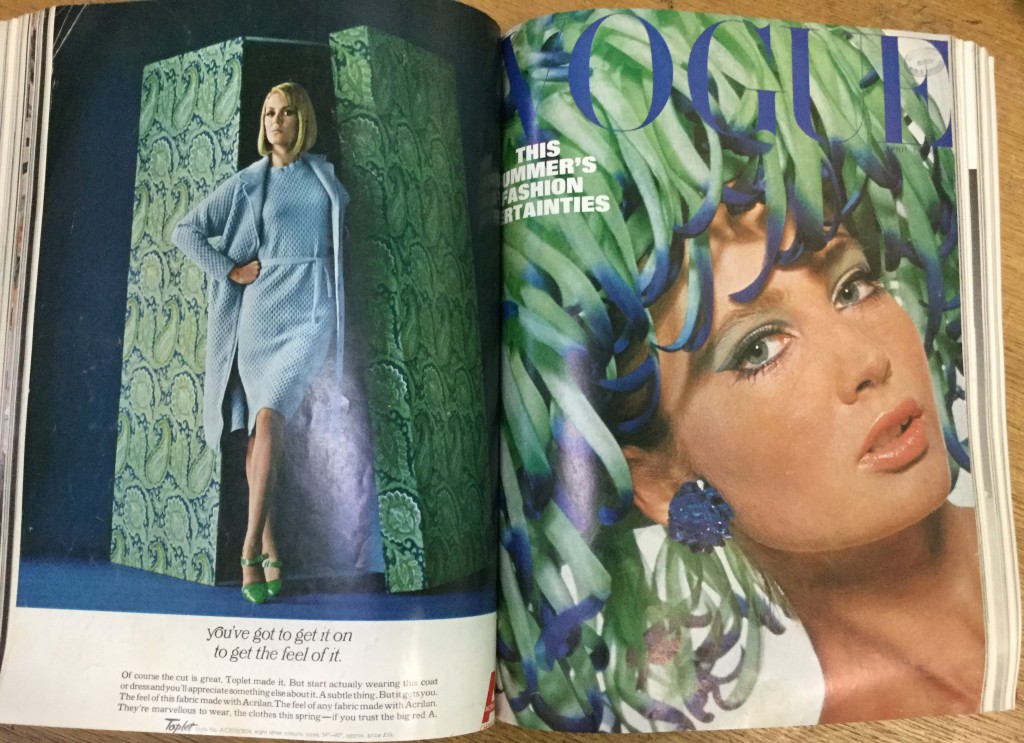1966 and all that [Part 1]: Fashion
Fifty years ago this summer, England won the World Cup. It was the sporting pinnacle of a decade which saw the eyes of the world focus on this country and in particular on London. The US publication Time magazine devoted its edition of 15 April 1966 to celebrate ‘London: The Swinging City’.
There was a cultural ‘coming together’ – fashion, architecture, film, music, graphic design and the visual arts all experienced an explosion of creativity as England finally emerged from a World War and a decade of austerity. Young people found their identity and had disposable incomes for the first time. Free education meant that art schools were awash with talent. It was a decade of experimentation and positivity where anything seemed possible, culminating in men walking on the Moon.
As well as many comprehensive reference books detailing this period, recent cultural history can also be seen through primary sources. These include the periodicals and newspapers of the time and those digital resources which reproduce visual records and archive material.
Periodicals
The Information and Reference Library store houses a collection of Vogue magazines from 1952-1981. Here are some examples from 1966. Here we see the high-end fashion of the day, some famous faces such as Twiggy, Jean Shrimpton and the photography of David Bailey who memorably captured them.
Both images of Twiggy from Vogue 1966

Vogue cover image by David Bailey (1966)
Reference works
The Information & Reference Library has material about this period from our book stock and online resources. Here are few examples.
The Complete Fashion Sourcebook by John Peacock
The Sourcebook illustrates the changes in fashion throughout each year of the Twentieth Century; including day wear, evening wear, accessories and underwear. The 1960s pages mark the transition from the more modest Fifties, as hemlines became shorter with each year that passed.
Images of Hippies from Street Style by Ted Polhemus
Street Style covers all the main subcultures of the last fifty years including the 1960s, when groups of young people used fashion and music to clearly identified themselves and distance themselves from their parents’ generation. They often intended to shock and to show that they belonged to a distinctive group, from mods and rockers, rude boys and ska, to psychedelia and hippies.
Alongside Mary Quant and Barbara Hulanicki, founder of Biba, Ossie Clark epitomised the Sixties and in conjunction with Celia Birtwell’s distinctive textile designs he created some iconic fashion.
Ossie Clark 1965-1974 by Judith Watt
Digital Resources
Oxford Art Online is a comprehensive online digital resource, available to members of Richmond upon Thames Library Services either remotely or from one of our public access computers in any of our libraries by clicking on the link. It includes fashion designers as well as artists, showing images of their work, a biography and useful a bibliography.
In 1966, Pierre Cardin launched his Autumn collection with outfits incorporating new materials and based on a space age theme. The image below from the Oxford Art Online resource is called ‘Cosmo’ and depicts what every dashing young man-about-town should have been wearing in the mid-1960s. Strangly, it never caught on.
A full list of the digital resources available to members of Library Services is given on our Online Information and Reference Services page: www.richmond.gov.uk/information_online.htm
[ Gina Morley, Library Assistant ]







